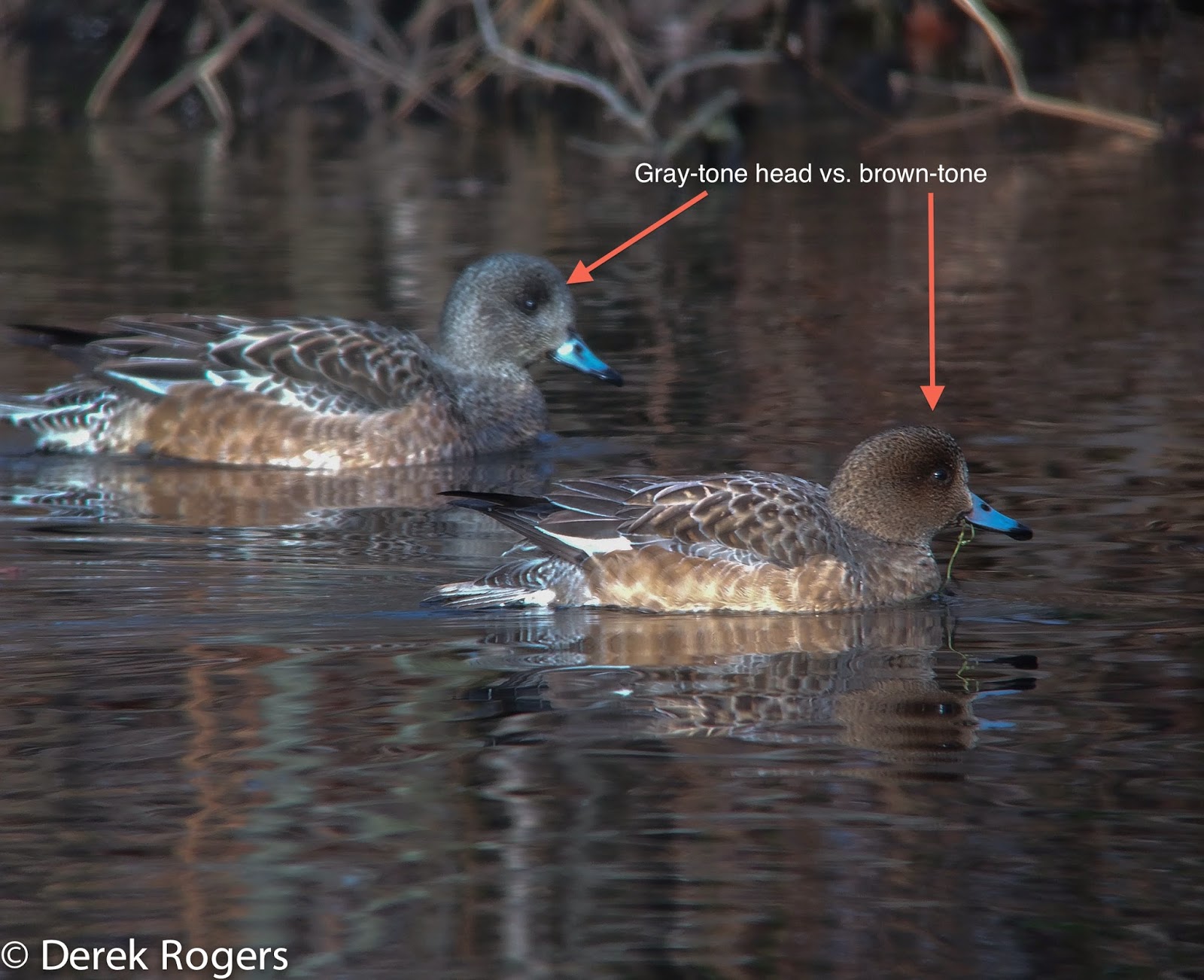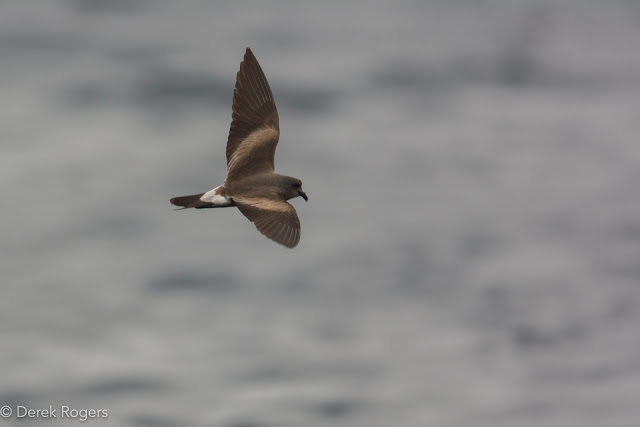Every winter, wigeons migrate down the Pacific and Atlantic Coasts where they spend time dabbling in marshes, ponds and tidal flats. Long Island has no shortage of these ecological features and in turn is a great place to study the less common Eurasian Wigeon.
Every waterfowl season, birders enjoy sifting through groups of American Wigeon, and other dabbling ducks, in search of Eurasian Wigeons. Adult male Eurasian Wigeons in full breeding plumage are very easy to identify and stick out like sore thumbs among flocks of other ducks. Females, on the other hand, are a bit more difficult and require careful observation. Here, I will share several photos of female Eurasian Wigeon, share some thoughts and point out some of the key features that have worked for me when separating female wigeons of both species.
One of the first things that I always notice with female Eurasian Wigeons is how warm and chocolate-toned their heads are in direct comparison with female American Wigeon. Female American Wigeon usually appears more gray-toned than brown. I say usually because there are some American Wigeons that can occasionally show a bit more of a brownish tone, but never as rich as the Eurasian females, at least with my experience in both species. This is the single most standout feature that allows me to hone in on this species.
 |
| Female Eurasian Wigeon (below) with female American Wigeon (above). This photo reveals several key features in distinguishing both species, the most obvious being the overall difference in head and breast tone. The Eurasian Wigeon is more richly brown on the head blending down through the breast vs. the colder, gray-toned American shown above. Also, note the gray toned upper scapulars (filling in behind Eurasian Wigeon's head). Photo taken in West Sayville, NY on 1/19/14 with an iPhone and Meopix Adapter through a Meostar S2 Spotter |
If you get stumped by head tone, there are several other features that can help guide you toward correctly separating these species. An important area to focus on is the bill/head interface. Take a close look at where the bill meets the feathers on this wigeon's head. An American Wigeon will usually show a black border here. The thickness of the border here is variable and will sometimes be unnoticeable but its worth having a look. Notice there is no border within this interface on the Eurasian Wigeon image below.
 |
| Eurasian Wigeon - Noting the same features as above, but without the comparison to American Wigeon. Also, note the gray upper scapulars. Photo taken in West Sayville, NY on 1/19/14 with an iPhone and Meopix Adapter taken through a Meostar S2 Spotter |
In this final photo of a female Eurasian Wigeon (below) we look at two additional clues, probably more noticeable and reliable than the black border trick mentioned above. Notice the pale gray fringes on the upper scapulars of this bird, seemingly consistent with female Eurasian. This photo shows it well but you can also note this feature on the above images. Finally, hen Eurasian Wigeon tends to show matching tones on head and breast, blending together well. Female American Wigeon shows much more contrast and we will look at some additional photos to reiterate this field mark.
 |
| Hen Eurasian Wigeon (bottom) with drake American Wigeon (top) - Image reiterating the gray fringes on the upper scaps of the female Eurasian Wigeon along with the more blended tones on head and breast. Photo taken in West Sayville, NY on 1/19/14 with an iPhone and Meopix Adapter taken through a Meostar S2 Scope. |
Next, we'll take a closer look at an American Wigeon female. Again, always going back to the gray, cold toned head. Also note the contrasting tones between the head and chest area. This will appear to blend together on a female Eurasian Wigeon showing much less contrast.
Finally, hen American Wigeon generally appear brighter and more strongly patterned above as shown with this individual. This bird is barely showing a black border at the bill/face interface but this is good, as it reiterates the variability of this feature.
 |
| Female American Wigeon - Image reiterating the two-toned contrast between head and breast, bright and strongly patterned above and barely showing a black border at the base of bill (highly variable but never seen on Eurasian Wigeon hen). Image captured with an iPhone and Meopix Adapter taken through a Meostar S2 Spotting Scope. |







Your first photo also shows the difference in coloration between the Eurasion's innermost secondary and the American's innermost secondary.
ReplyDelete